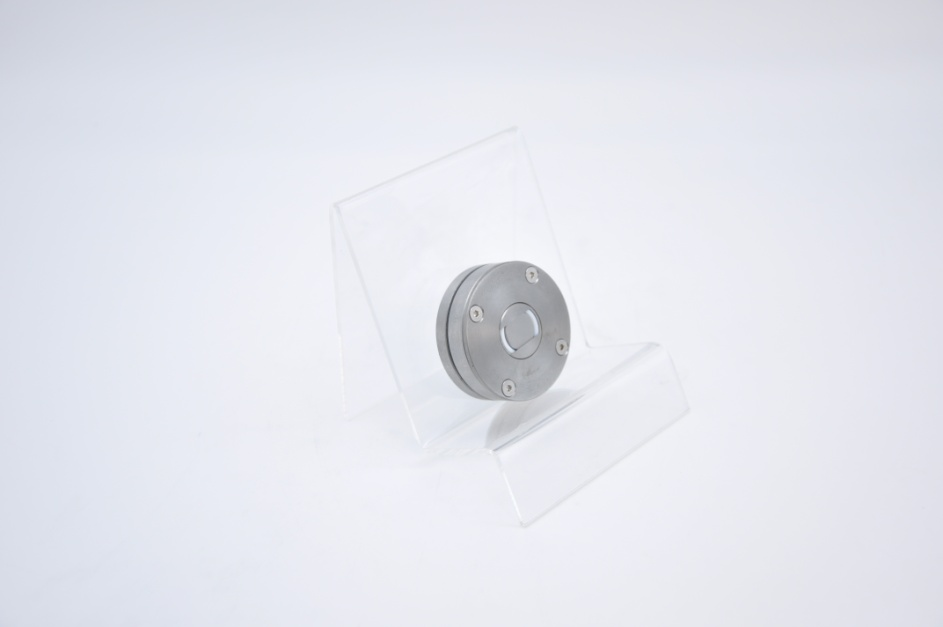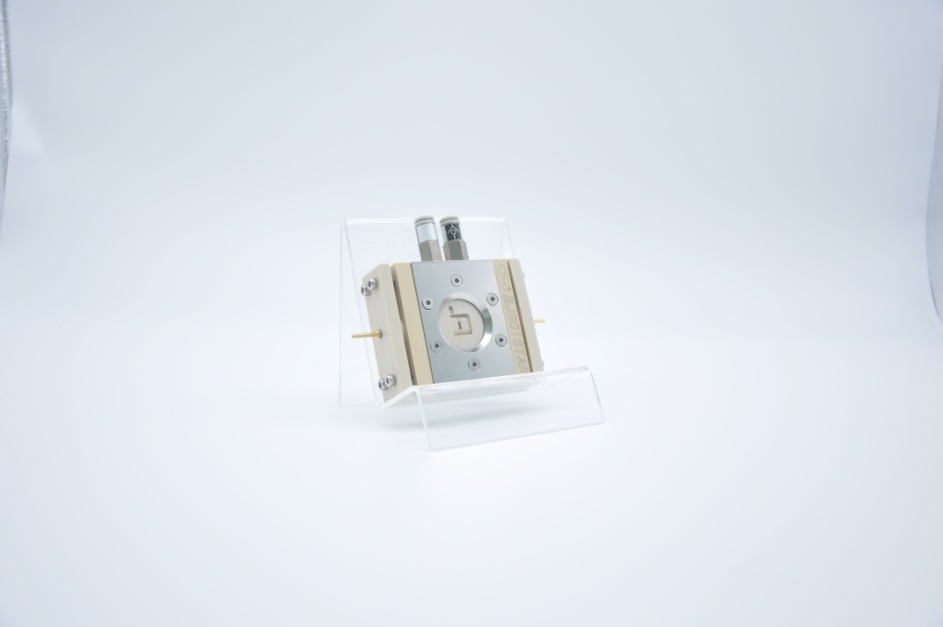Service hotline
+86 18518316054
The L/LIB-XRD cell is an in-situ water-based battery cell that can collect XRD data online. The main body of the device is made of PEEK material, which is acid and alkali resistant. And the window adopts a polymer film material with high X-ray transmittance. The in-situ cell can realize in-situ XRD measurement during charging and discharging of water-based batteries, and observe the phase structure changes of electrode materials in real time. It is suitable for most laboratory X-ray diffractometers, and its basic structure simulates an ordinary button battery, and the operation is simple and convenient.

Main features
1. The in-situ cell is designed for water-based secondary batteries and can ensure the normal application of conventional water-based batteries;
2. During the charging-discharging process, the X-ray diffraction data can be collected online (reflection mode) by this in-situ cell;
3. The in-situ cell has a wide angle for both of the X-ray entrance and diffraction, achieving a large X-ray detection angle: 10 ° <2θ <90 °;
4. The volume is small and exquisite, which can be adapted to XRD diffractometers with large sample stage space, such as: Rigaku smartlab diffractometer sample holder;
5. Choose glassy carbon or gold-plated electrodes for battery electrodes to ensure that the electrode materials adapt to different acid and alkaline environments;
6. The in-situ cell has a well internal pressure environment, which is applied to the electrode with good adjustable and uniformity;
7. The cell has a very suitable size (~φ50*13-30 mm), which can be easily placed in the glove box for battery handling and use;
8. Fluorine gaskets are used to seal all the cell, making sure the overall system sealing;
9. In the assembly process, the electrode materials and electrolyte can be easily assembled; meanwhile, all components can also be easily disassembled and cleaned.
10. The in-situ cell can be reused.
